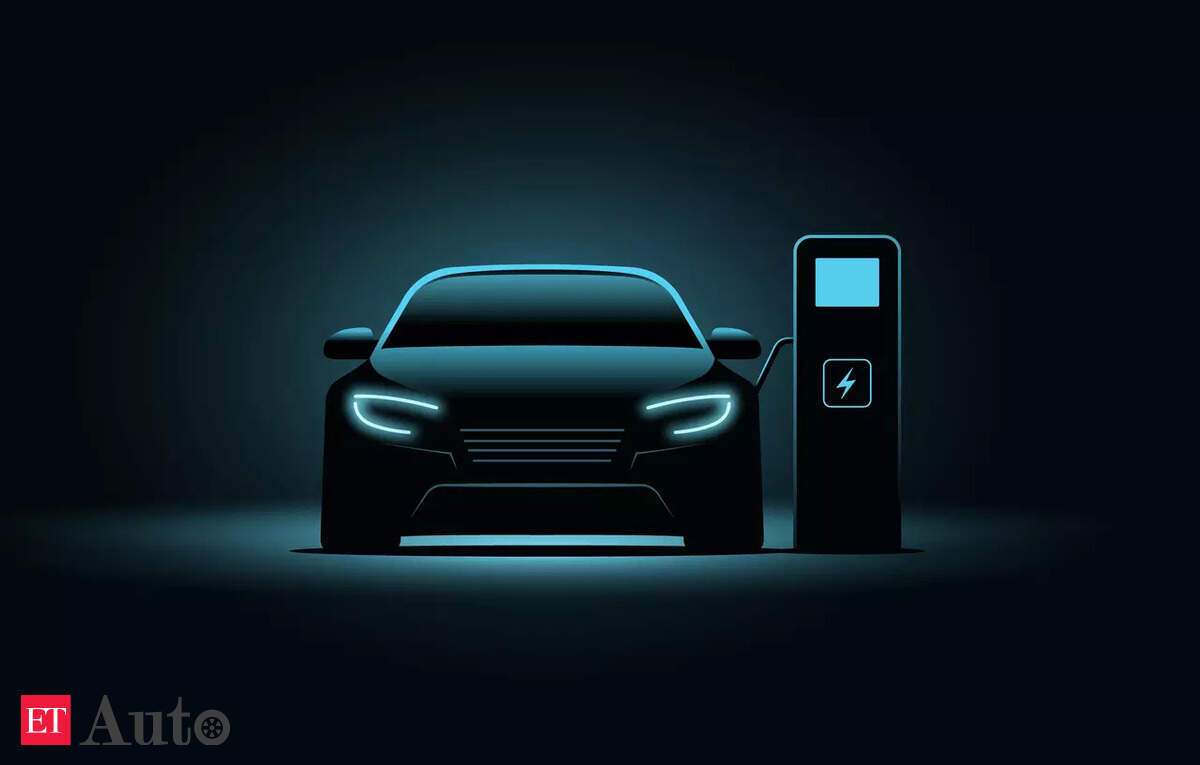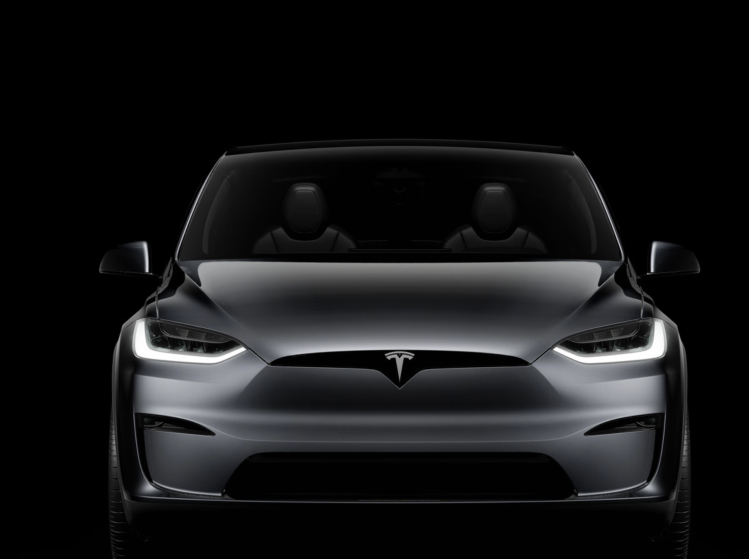A recent study by the Indian Institute of Technology (IIT) Roorkee and the International Council on Clean Transportation (ICCT) reveals that
Battery Electric Vehicles(BEVs) can potentially reduce lifecycle
greenhouse gas emissionsup to 38 per cent compared to Internal Combustion Engine (ICE) and Hybrid Electric Vehicles (HEVs) in India.
The joint study focused on passenger cars in India and compared the lifecycle greenhouse gas emissions of BEVs, ICE vehicles, and HEVs.
Three key factors affecting LCA outcomes of BEVs
The research identifies three key factors influencing the
lifecycle assessment(LCA) outcomes of BEVs. These are grid carbon intensity, test-cycle energy consumption, and real-world energy consumption adjustment factor.
Grid carbon intensity refers to the emissions generated from the electricity used to power BEVs. Test-cycle energy consumption represents lab-based estimates of fuel and electricity use. The real-world energy consumption adjustment factor accounts for the differences between laboratory testing and actual driving conditions.
The research emphasises the crucial role of India's power grid composition in the overall emissions reduction potential of BEVs. Variations in the grid mix and real-world driving conditions can lead to significant fluctuations in lifecycle emissions.
Why adopt BEVs?
Accurate modeling and analysis are crucial for capturing the true advantages of BEVs in terms of emissions reduction. The study's findings highlight the urgency of adopting BEVs as a critical step towards achieving broader climate and sustainability goals.
The study warns against delaying BEV adoption in anticipation of a cleaner grid. It underscores that ICE vehicles purchased today will remain on the road for many years, contributing to cumulative emissions.
The report stresses the importance of addressing transport-related emissions to complement efforts in restoring ecosystems and mitigating climate change impacts.





Comments (0)